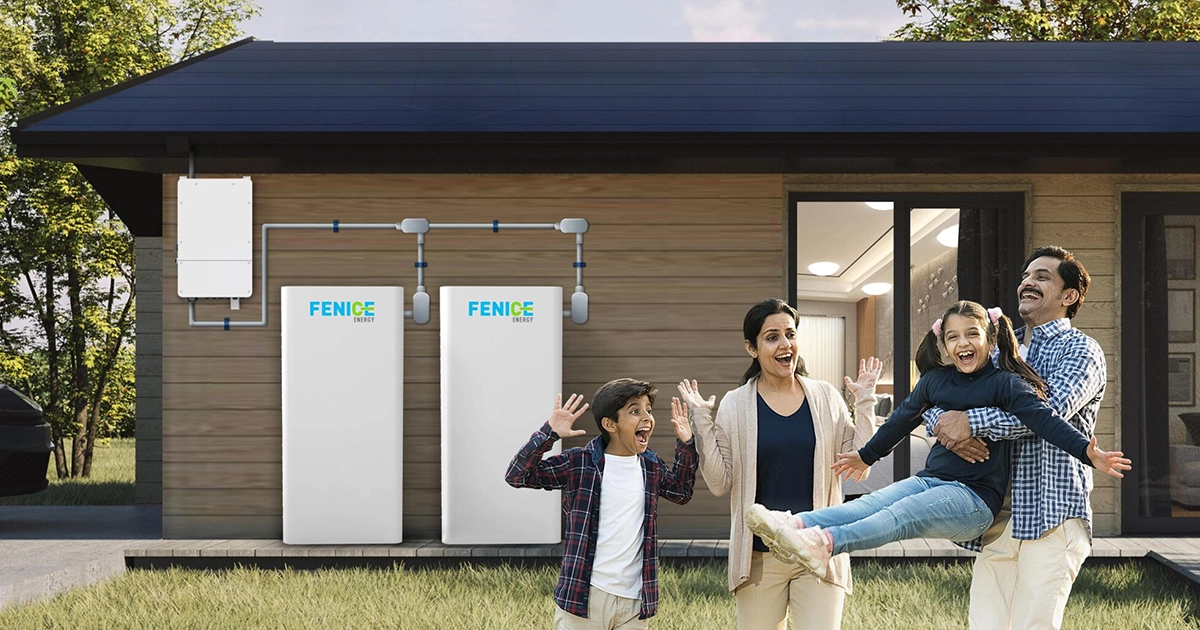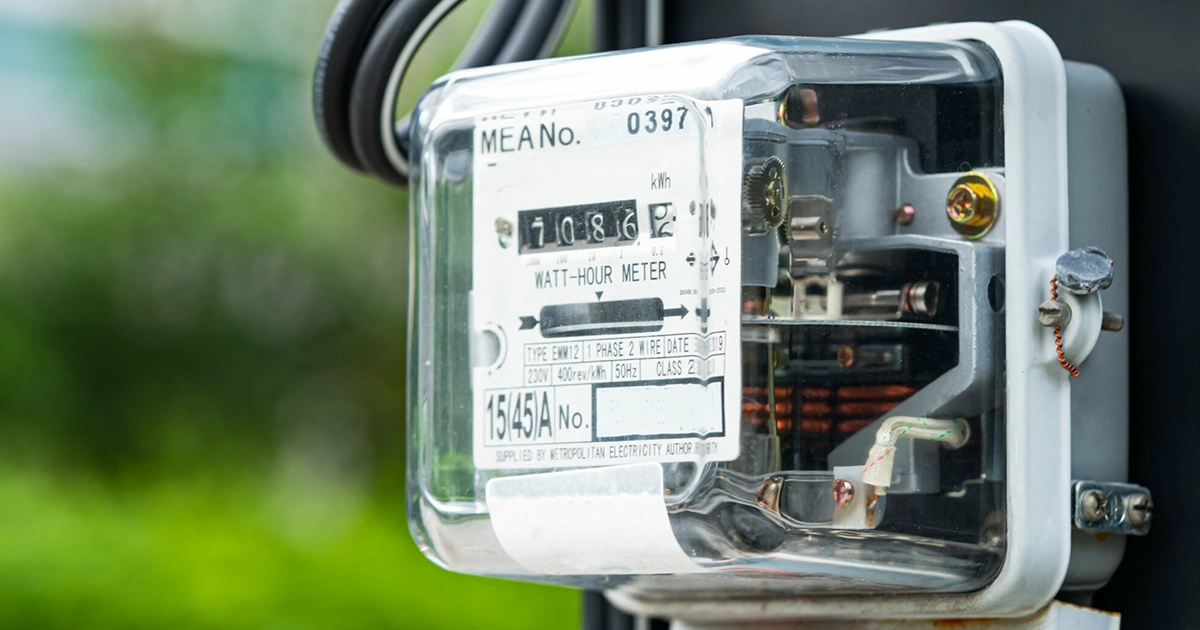Solar energy has emerged as one of the most widespread forms of renewable energy generation today. While hydro power plants and wind energy farms are primarily used for large-scale power generation, solar energy can be scaled to almost any size. From large, multi-gigawatt solar installations to solar-powered lawn lights and battery chargers, solar energy can be custom-sized to any requirement.
Homeowners and industrial real estate are increasingly moving towards partial or total reliance on solar energy for their electrical needs. A world without electricity is unimaginable today, therefore the need for a clean, renewable alternative to fossil fuels for power generation. Much technical, fiscal, and political investments have gone into promoting the adoption and proliferation of solar and other renewable energy generation approaches.
Almost all of the electricity we use today is provided by private or government-owned corporations. They have power generation plants and electric wires that deliver electricity to streets, homes, offices, and other consumption points. This distribution network is called a power grid.
Homes and offices that use solar energy partially or completely are either connected to the grid, or completely disconnected from the grid. Such solar energy systems are known as on-grid (connected) or off-grid (disconnected) solar energy systems. In this article, we will consider and evaluate the benefits, constraints, and other factors associated with off-grid and on-grid solar energy systems. Which one is better depends almost entirely on your requirement.
Anatomy of solar energy systems
Solar energy systems are simple to set up and connect. The process relies on the chemical properties of a photovoltaic (photo=light, volt=unit of electricity) substance to convert sunlight into electricity. Since this is a chemical reaction and all chemical reactions generate only DC (direct current) voltage, the electricity generated is DC current. Silicone is the most widely used photovoltaic substance used in the manufacture of solar panels. Photovoltaic cells are arranged on a solar panel in neat rows and columns called arrays, and these are connected by electrical wires to a terminal. A thin film of glass or other transparent material covers the arrays of solar cells. When sunlight strikes the solar panel, the solar cells discharge a small DC voltage, which is then carried over wires to a terminal.
Pic credit: Image by brgfx on Freepik

Since most common electrical appliances use AC current, the electricity generated by the solar panel goes to an inverter that converts it to AC current. This AC output is then connected to the main power input to the building and powers the lights and other appliances within.
Power corporations provide power according to a specific voltage and frequency specified by regulations enforced by the government. For example, most countries on the North and South American continents use 110~120 volts at 560hz frequency, while Australia and most countries in Europe, Africa and the Middle East use 220~240 volts at 50hz frequency.
Solar Energy systems must match the voltage and frequency of the grid whether on-grid or off-grid, because appliances are designed to work at these voltages and at those frequencies. They will work better and lost longer as long as they conform to those standards. On-grid solar energy systems need to comply with these standards because the switching to and from the grid must be seamless and opaque to the appliances.
On-grid solar energy systems
Most homes, offices, industries and other establishments began as on-grid power consumers. In fact, one of the first things we do when building a home, is to get an electricity connection from the nearest power corporation. This comes with a meter that tracks energy usage, and we pay for the electricity as we use it. This also subjects us to power cuts and surges, and rising cost of electricity over time.
The decision to install a solar energy system is driven largely by two factors: the need to contribute to a shrinking global footprint, and a desire to reduce the cost of power. As most domestic solar installation may not cover one’s total energy requirement, a partial reliance on the grid continues. As the sun only shines during the day, and sunshine drives solar energy systems, we resort to using power from the grid at night. Of course, there is the possibility of storing energy in a battery for later use. We will discuss that later in the article.
The benefits of an on-grid system is as follows:
Cost-effective: On-grid solar energy systems offer significant cost savings. These systems can provide power to the unit during the day, and avoid the cost of using power from the grid. Net metering is a billing system that allows solar energy generating homes or other establishments to get credits for the excess power generated that they share to the grid. These credits can be used to pay off for power used at night. Some regions allow homes to carry over credit, so credits earned during bright summers can be used up in the winter months. Home owners can even choose to het paid for energy credits.
Government schemes: Many governments have launched schemes to encourage people to install solar energy projects. There are low-interest loans and subsidies that may be availed to help bear the cost of installation. Many states also offer a discount on electricity charges if a home or shop have a solar energy system installed.
Reliability: Being connected to the grid enables users to draw on grid-provided power during low power generation, during repairs and maintenance, and during the night time.
Scalability: Solar energy systems are eminently scalable. Once a basic solar energy system is installed, more panels and inverters can b added to provide additional capacity.
Environment friendly: Solar energy systems contribute to shrinking the carbon footprint, thereby reducing the contamination of the air and degradation of the planet. This is a long-term investment with far-reaching ramifications.
The one significant drawback of an on-grid solar energy system is that when the grid is down, the solar energy system must also be disconnected die to anti-islanding regulations. When the grid produces no power, the power produced by on-grid solar energy systems may spill over onto the grid. This may pose a critical hazard to the lives of workers in the vicinity. For this reason, solar energy systems need to install circuitry that detects when the grid is down, and shits off all power generation.
Off-grid solar energy systems
Solar energy systems that are not connected to the power grid are off-grid systems. Off grid systems receive no power from the power corporations and do not need to pay anyone for the power consumed. On the downside, they cannot sell get credits for power uploaded to the grid. Does the power go to waste then? What about electricity supply at night? Well, off-grid solar energy systems are usually connected to an electricity storage system such as a solar battery, which stores excess energy generated during the day, and provides power during the night and at other times.
There are many advantages to having an off-grid solar energy system. Some of them are as follows:
Freedom of location: An off grid solar energy system gives one the power and freedom to live and operate absolutely anywhere where there is sunlight. While the rest of the world is tethered by power lines to a grid, an off-grid system can exist in the middle of nowhere.
Cost control: Besides the initial installation cost and periodic servicing and maintenance, power from an off-grid solar energy system costs nothing. Many home owners break even long before the warranty of their solar energy system parts expire, and the remainder of the duration is pure profit.
On-grid solar energy systems
Survival through natural disasters: In the event of natural disasters such as cyclones, tornadoes, or storms, power lines may get damaged, and electricity can be cut off to many regions. During such times, it’s business as usual for off-grid homes, and life goes on uninterrupted. In a recent weather disaster, power was off to a whole island for over a week. The off-grid homes there were able to support normal electricity production throughout the event.
As you can see, harnessing solar power for domestic or other consumption has many advantages and upsides. Whether you choose to install an off-grid or on grid system depends entirely on your purpose and application. Hopefully this article will help you make an informed decision.




























